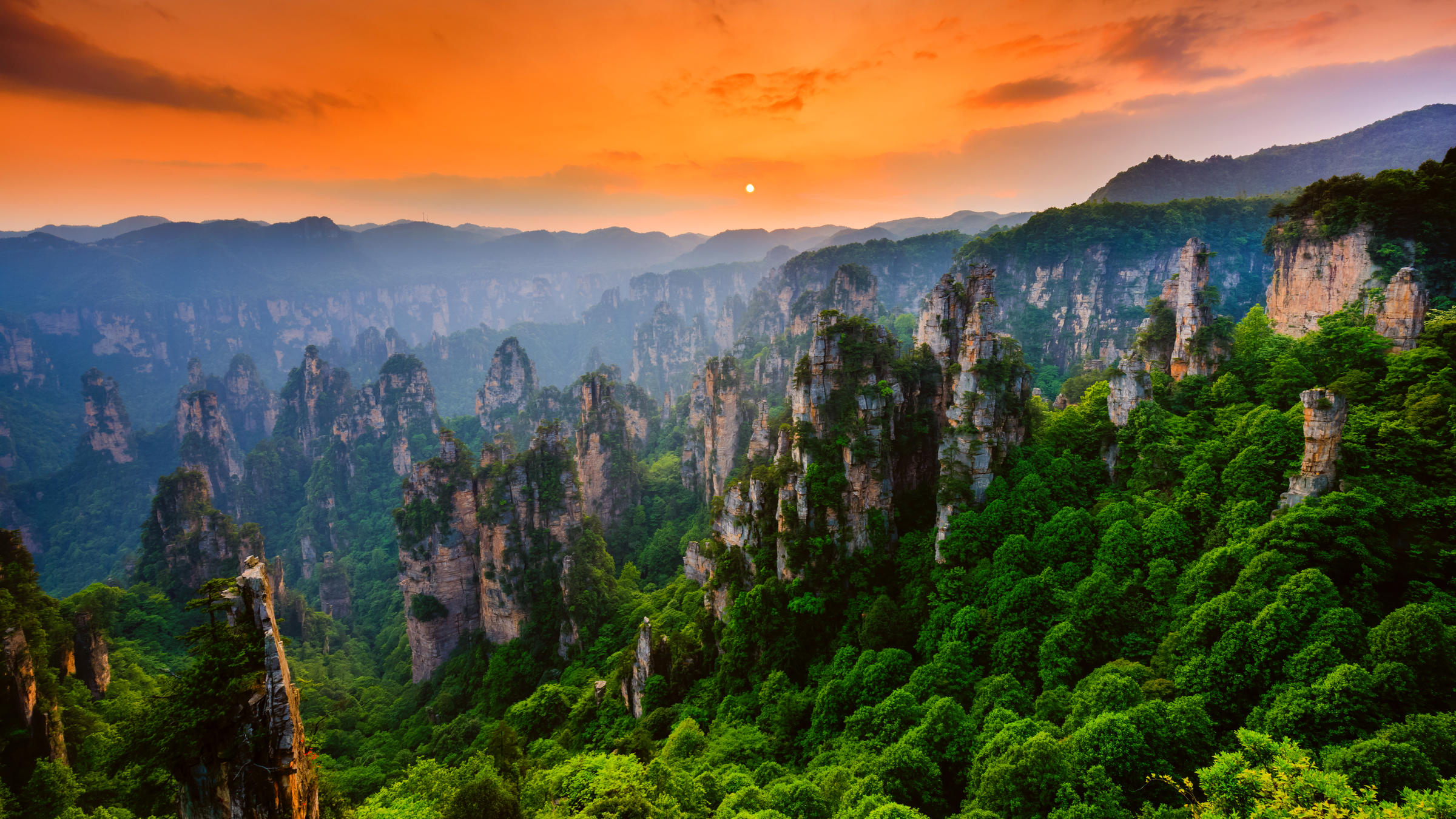
Interesting Facts about Zhangjiajie
A Natural Zoo
Zhangjiajie National Forest Park, located in Hunan Province, China, is not just a scenic wonder, but also a vibrant natural zoo. It's a haven for a diverse range of wildlife, making it a fascinating destination for both nature enthusiasts and animal lovers.
Rich Biodiversity
The park boasts an impressive array of animal life. Here's a glimpse of its diversity:
| Category | Number of Species | |---|---| | Beasts | 28 | | Birds | 41 |
Protected Species
Zhangjiajie is also home to several endangered species under state protection. There are 7 different animals classified as protected within the park. One of the most notable is the giant salamander, the largest amphibian in the world. These fascinating creatures can grow up to six feet long and are a testament to the park's pristine ecological environment.
Other Notable Fauna
Besides the giant salamander, other intriguing animals you might encounter in Zhangjiajie include:
- Rhesus Macaque: These monkeys are a common sight, often seen playfully interacting with visitors (though feeding them is discouraged).
- Chinese Goral: This goat-like animal, with its distinctive short horns, inhabits the park's steep cliffs and rocky terrain.
- Reeves's Pheasant: Keep your eyes peeled for this stunning bird with its long, multi-colored tail feathers – a true symbol of Chinese ornithology.
FAQs about Animals in Zhangjiajie
Q: What is the best time of year to see animals in Zhangjiajie?
A: Spring and autumn offer the most pleasant temperatures for both wildlife activity and visitor comfort.
Q: Are there dangerous animals in Zhangjiajie National Forest Park?
A: While wild animals inhabit the park, encounters are rare, and the park is considered safe for visitors. It's always advisable to stay on designated paths and follow park guidelines.
Q: Can I feed the animals in Zhangjiajie?
A: Feeding wild animals is strongly discouraged. It can disrupt their natural foraging habits and lead to dependence on humans. Admire these creatures from a safe distance and let them thrive in their natural environment.